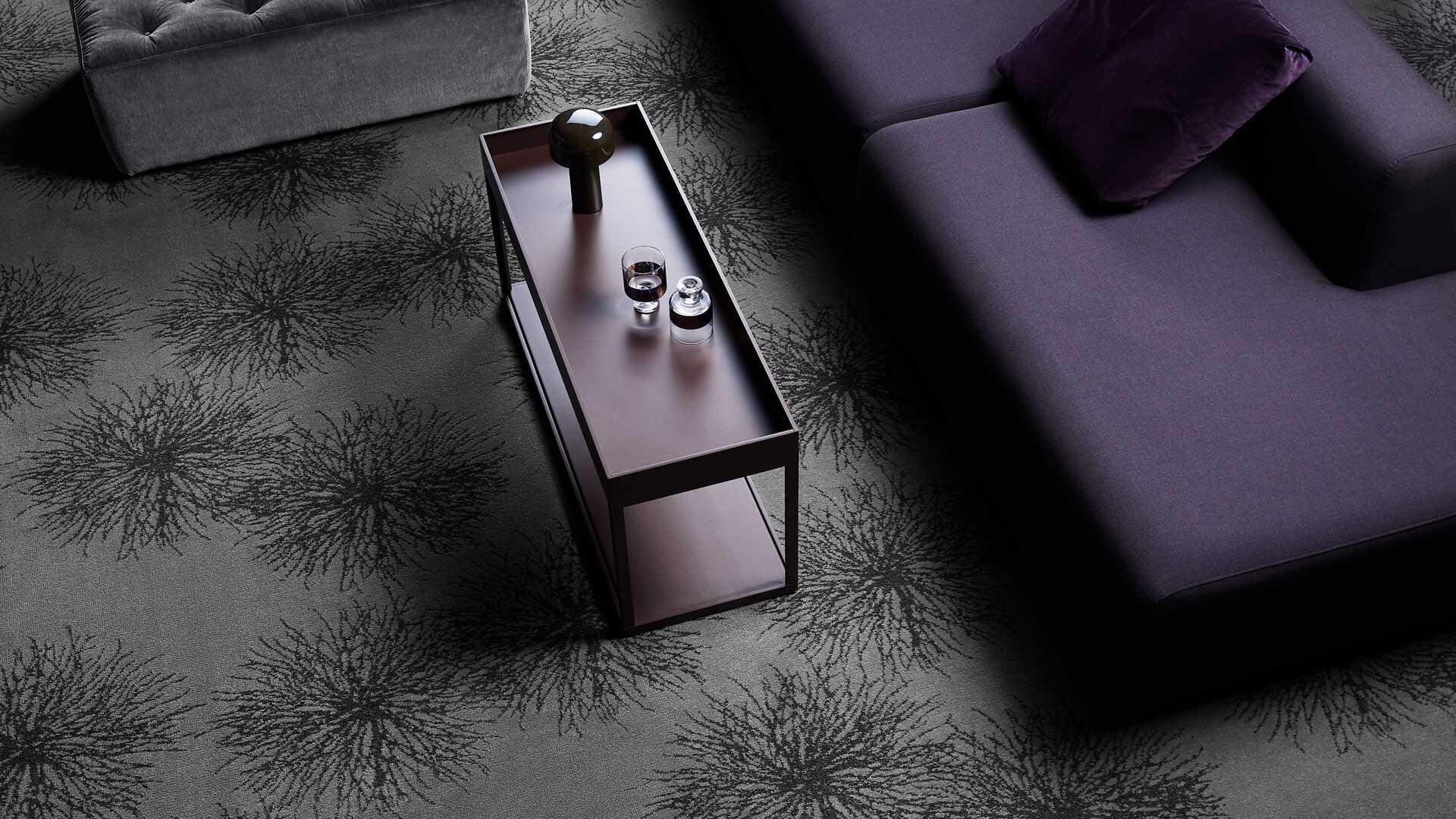
The drastically increased energy prices and a heightened environmental awareness call for new and sustainable ways of heating hotels, businesses, institutions etc. – as well as innovative ways of holding on to the warmth. Research and studies show that carpet is an extremely effective insulating material as carpet
fibres are natural insulators with low heat conduction values. In addition, the surface pile of carpet with its millions of tiny fibres traps air and further increases its thermal insulation. Read on to find out why and how carpet can help to reduce energy costs.
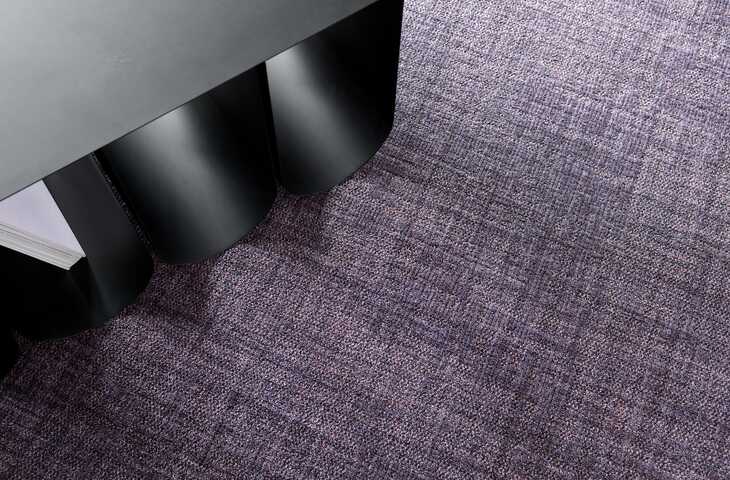
As can be seen from below table, the thermal resistance of carpet is significantly higher than that of concrete and plywood, two common flooring materials, and similar to fiberglass insulation. In fact, the insulation value of carpet can be up to 10 times higher than that of hard floor covering.
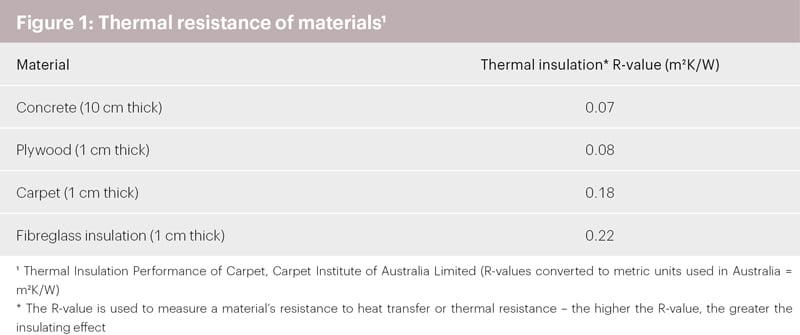
The carpet thickness is the major factor determining the thermal insulation. The thicker the carpet, the greater the thermal insulation provided. So, when carpet is installed over underlay or carpet cushion further increases in thermal insulation are obtained. Though carpet thickness is the major factor determining the main insulation efficiency, bulk density and construction also have some effect.
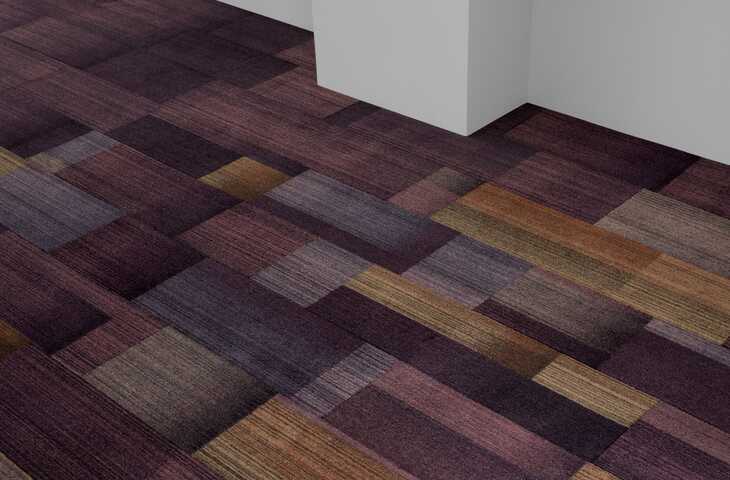
Carpet can help to reduce energy costs in heating when there’s a temperature differential between the indoor air and that under the floor. Uninsulated floors account for 10-20% of heat loss from a room and the greatest benefit from a carpet is obtained when as large an area as possible, preferably wall to wall, is covered. This is because the reduction in heat loss is proportional to the area carpeted.
Research found that the energy savings are in the range of 8-13% as can be seen from the following table.

Our carpets hold high insulation values as illustrated in below table featuring a selection of the most popular Ege Carpets collections. Based on our products’ R-values and carpet thicknesses, the table clearly shows that a significant energy saving can be achieved. You’ll find the exact R-value and carpet thickness for any product in the carpet specs featured alongside the specific product on egecarpets.com.
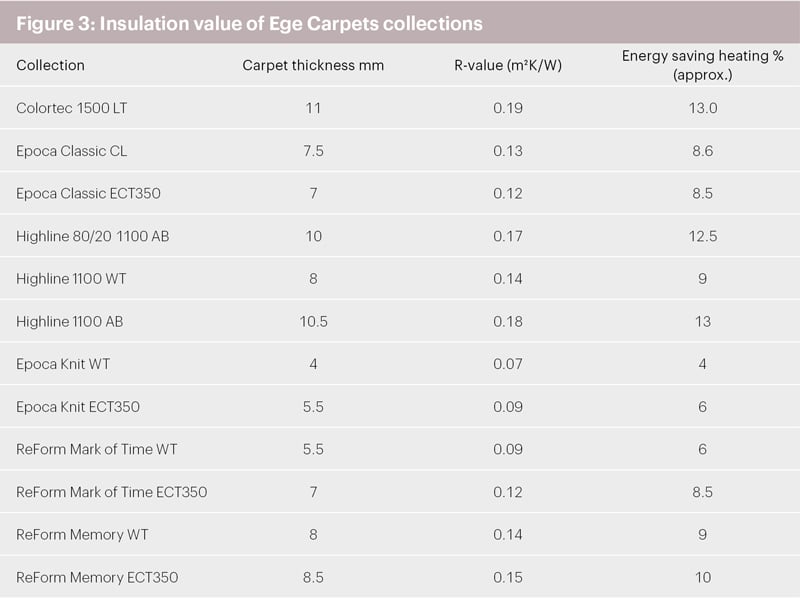
Wool carpets have a higher insulation value (R-value) than comparable carpets of other fibre types, as illustrated in the figure below.
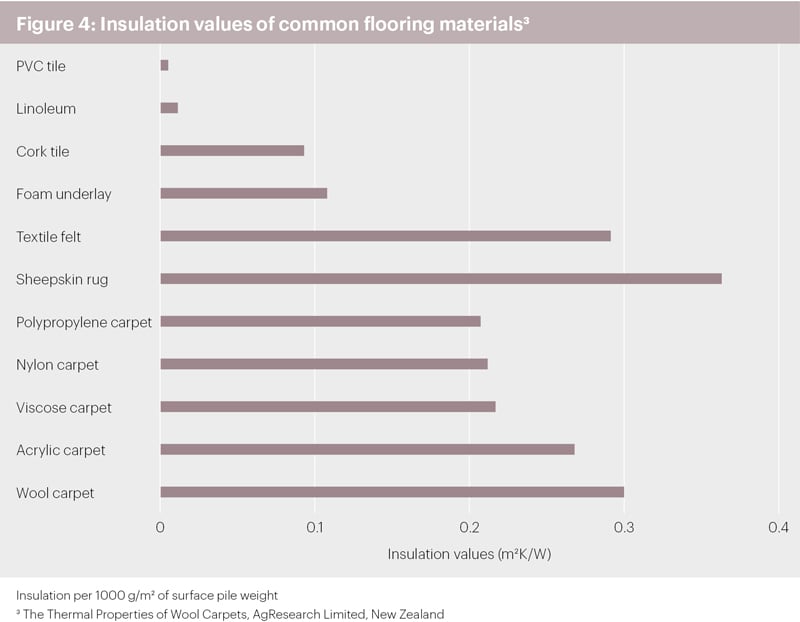
The millions of wool fibres in the pile of carpets trap pockets of air, creating a natural insulation barrier, while the fibres’ high crimp (bulk) effectively restricts the flow of air through the pile and therefore heat loss through convection. Flattening or compacting of the carpet pile through wear will reduce its thickness and thus its insulating propensity. However, the natural resilience of wool fibres, which results from the springlike structure of its internal proteins, gives them better recovery after compression than alternative fibres, so that the pile of wool carpet retains its height and insulating properties for longer.
The thermal properties of carpet make people feel more comfortable at a given air temperature. A carpeted floor feels warmer under foot and doesn’t require the heating that a smooth surface may, adding further energy savings. It has been shown that the perceived temperature in rooms with textile floorcoverings is
approximately 1-2 °C higher than in rooms with hard floorcoverings, resulting in savings of heating costs of approximately 6%. In addition, because carpet feels warmer, further energy savings can be made since heating can be switched on later in the autumn and off again earlier in the spring. Other benefits contribute
to personal safety and are related to the removal of indoor air pollutants, reduction of the frequency and severity of falls – not to forget remarkably increased acoustics.
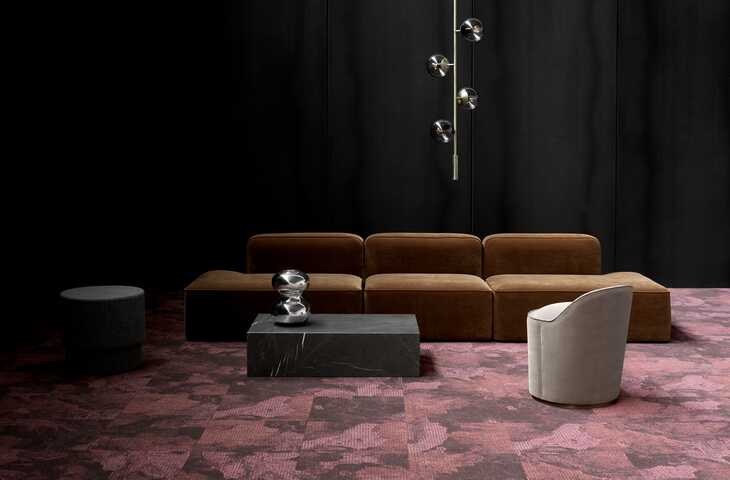
A carpeted room promotes thermal comfort, saves energy and therefore also contributes to a reduction in green house gas emissions that are a major cause of climate change. When choosing a floor covering, all these advantages should be considered along with other technical and environmental benefits and the less tangible attributes of aesthetics. Ultimately, carpet should be considered along with curtains, double glazing etc. as part of the overall thermal design.
Want to know more about how our collections can help reduce energy costs by 8-13%? We're here to help at any time and are happy to offer our support to any project. So, reach out to your local consultant who’s only a click or call away.

Design inspiration delivered straight to you